We’ve traced the very first anime feature film all the way back to the 20th century, dating the earliest identifiable Japanese animations to 1907. Momotarō: Umi no Shinpei (1945), which was conceived by the founding fathers of anime — Ōten Shimokawa, Jun’ichi Kōuchi and Seitaro Kitayama — has long been considered as the first verifiable anime feature film. Since then, the numbers for total anime features have touched the hundreds, airing in both Japan and all around the globe.
From the ’80s onward, anime has truly evolved beyond its black-and-white primitive roots to become a visually stunning, breathtaking medium that continues to experience breakthroughs in technological and storytelling advancements. Now, in the modern age of the 2000s, anime has become a prominent style in films, television and video games. It is beloved for its distinct artwork, narratives and cultural nuances, touching the lives of millions. So, without further ado, let us journey through time to name the greatest anime feature films ever made.
Spirited Away (2001)
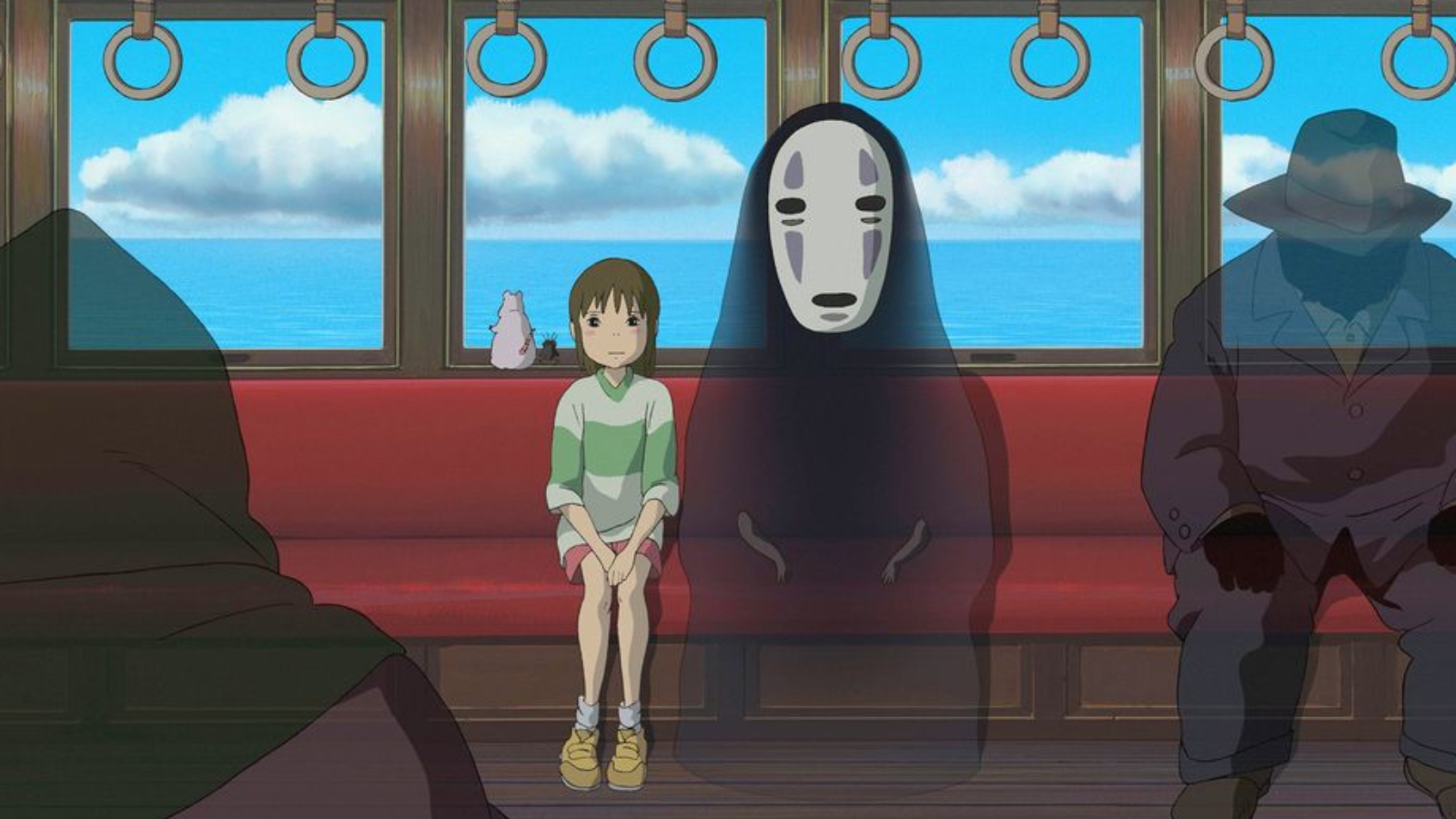
Conceived by Studio Ghibli co-founder Hayao Miyazaki, Spirited Away tells the heartwarming story of ten-year-old Chihiro Ogino, who unknowingly enters the world of Kami — spirits of Japanese Shinto folklore. After her parents are turned into pigs by a witch called Yubaba, our pint-sized protagonist enlists the help of No-Face, a humanoid spirit, to return herself and her parents to the human world. Interestingly, Miyazaki based Chihiro’s character on the ten-year-old daughter of his dear friend and the film’s associate producer, Seiji Okuda. Spirited Away became universally successful and the highest-grossing Japanese film ever made.
Ghost in the Shell (1995)
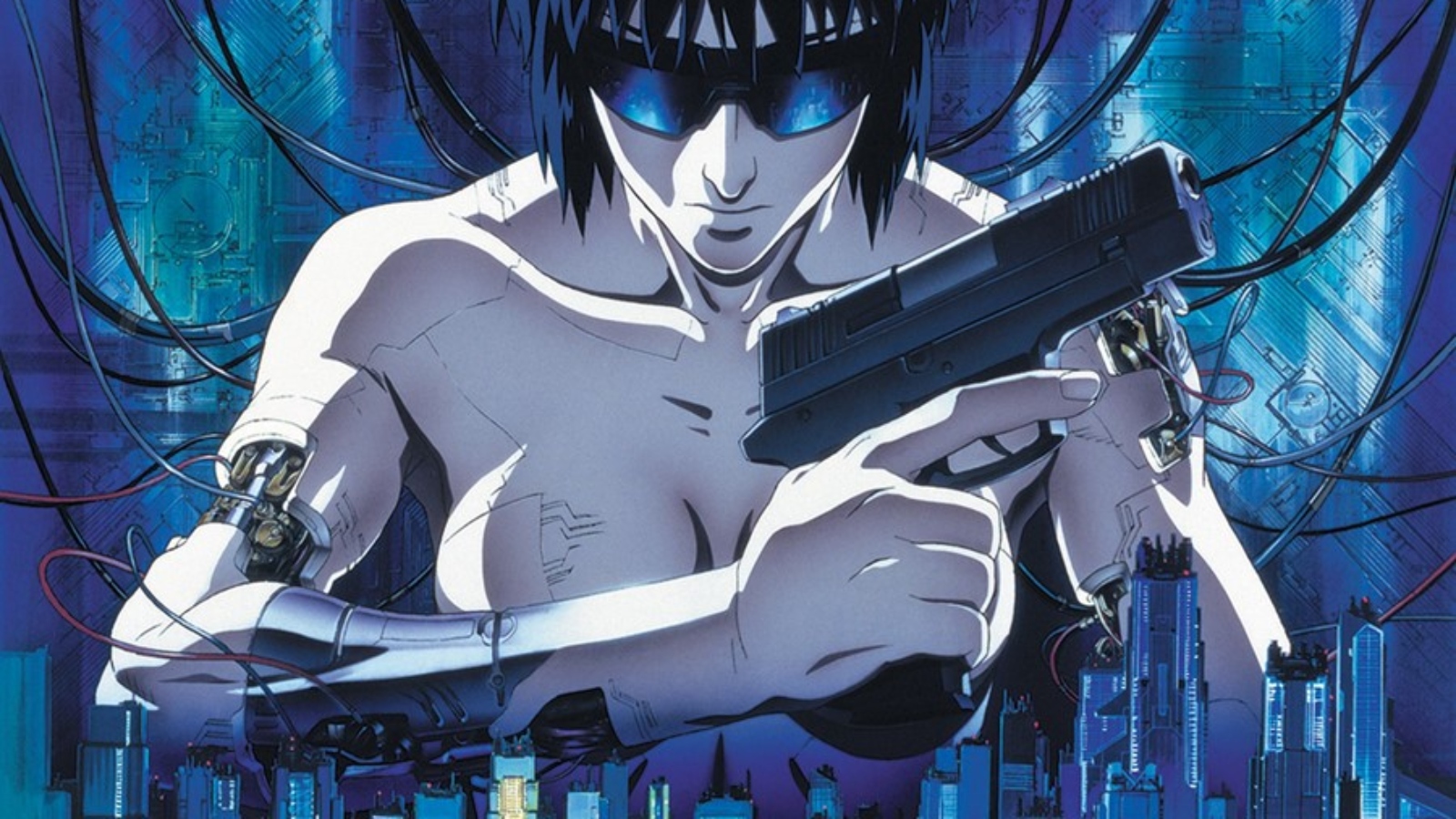
Set in 2029 Japan, Ghost in the Shell follows Motoko Kusanagi, a cyborg public-security agent whose main directive entails hunting down a mysterious and influential hacker known as the Puppet Master. There are several philosophical themes involved, such as a focus on self-identity, politics and morality in a technologically advanced universe. Although it was originally a box office failure, Ghost in the Shell gained a cult following and became a sleeper hit. Having released in 1995, Mamoru Oshii’s neo-noir cyberpunk thriller spawned a franchise of sequels, including a live-action adaptation, and has earned a reputation as one of the best anime and science-fiction films of all time.
Your Name (2016)
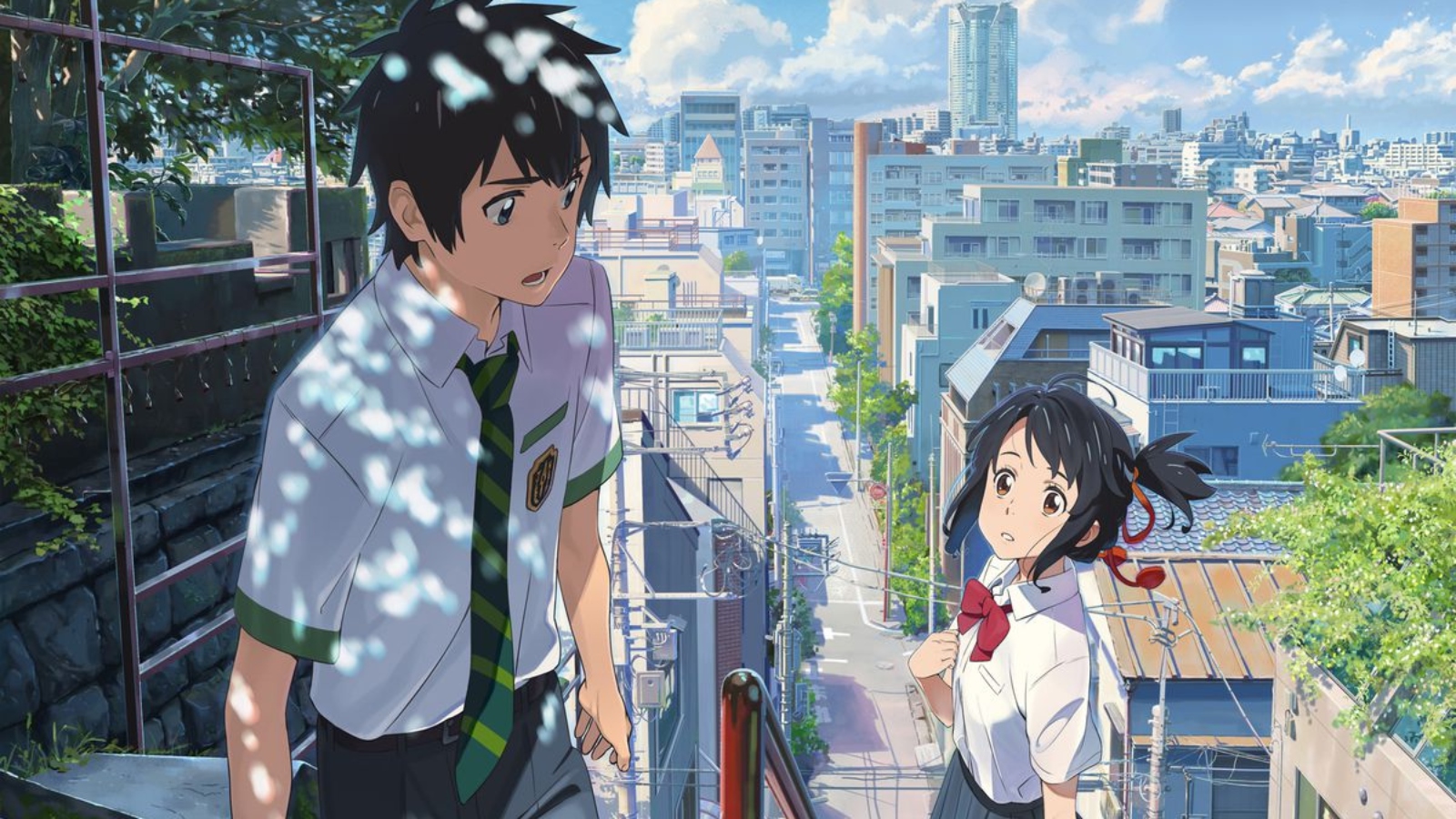
The most contemporary anime on the list, Makoto Shinkai’s Your Name premiered at the 2016 Anime Expo in Los Angeles and began its theatrical release a month later in Japan. The film broke several box office records, won Best Animated Feature at the 2016 Los Angeles Film Critics Association Awards and the 49th Sitges Film Festival, and became the third highest-grossing anime of all time. Your Name sees two high school students suddenly swapping bodies intermittently and experiencing the social interactions of one another’s daily routine. As of 2021, a live-action remake is in development.
Perfect Blue (1997)
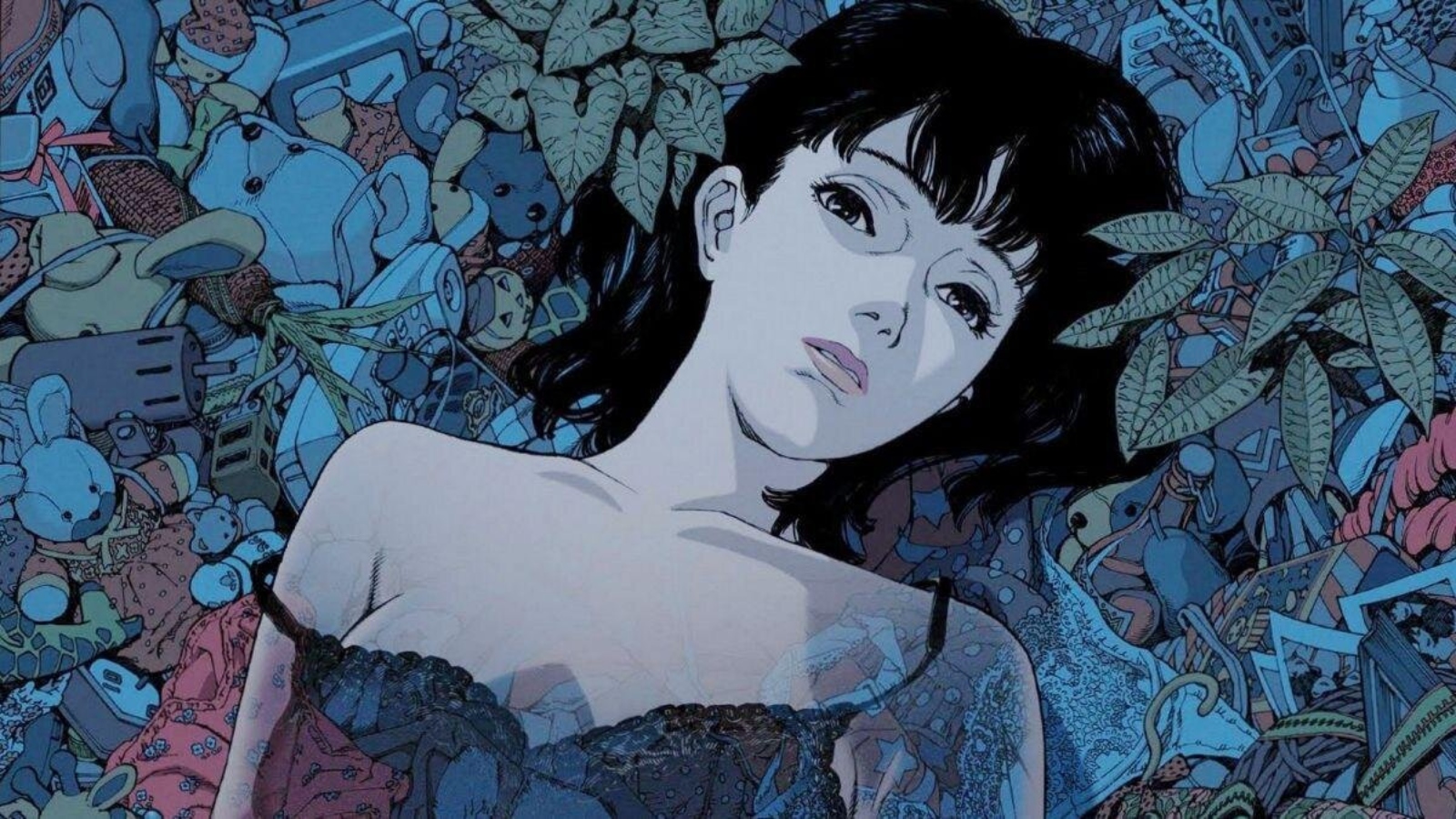
Psychological thriller Perfect Blue — directed by Satoshi Kon — blurs the lines between fiction and reality, much like Kon’s other works, such as Paprika (2006). The film is based on the novel Perfect Blue: Complete Metamorphosis, written by Japanese writer Yoshikazu Takeuchi, and follows a Japanese music idol, Mima Kirigoe, who wishes to pursue an acting career, but who soon becomes the victim of stalking around the same time of several gruesome murders. Perfect Blue was commended for its visual theatrics and gripping core mystery — one that sits with you long after the credits roll.
Princess Mononoke (1997)
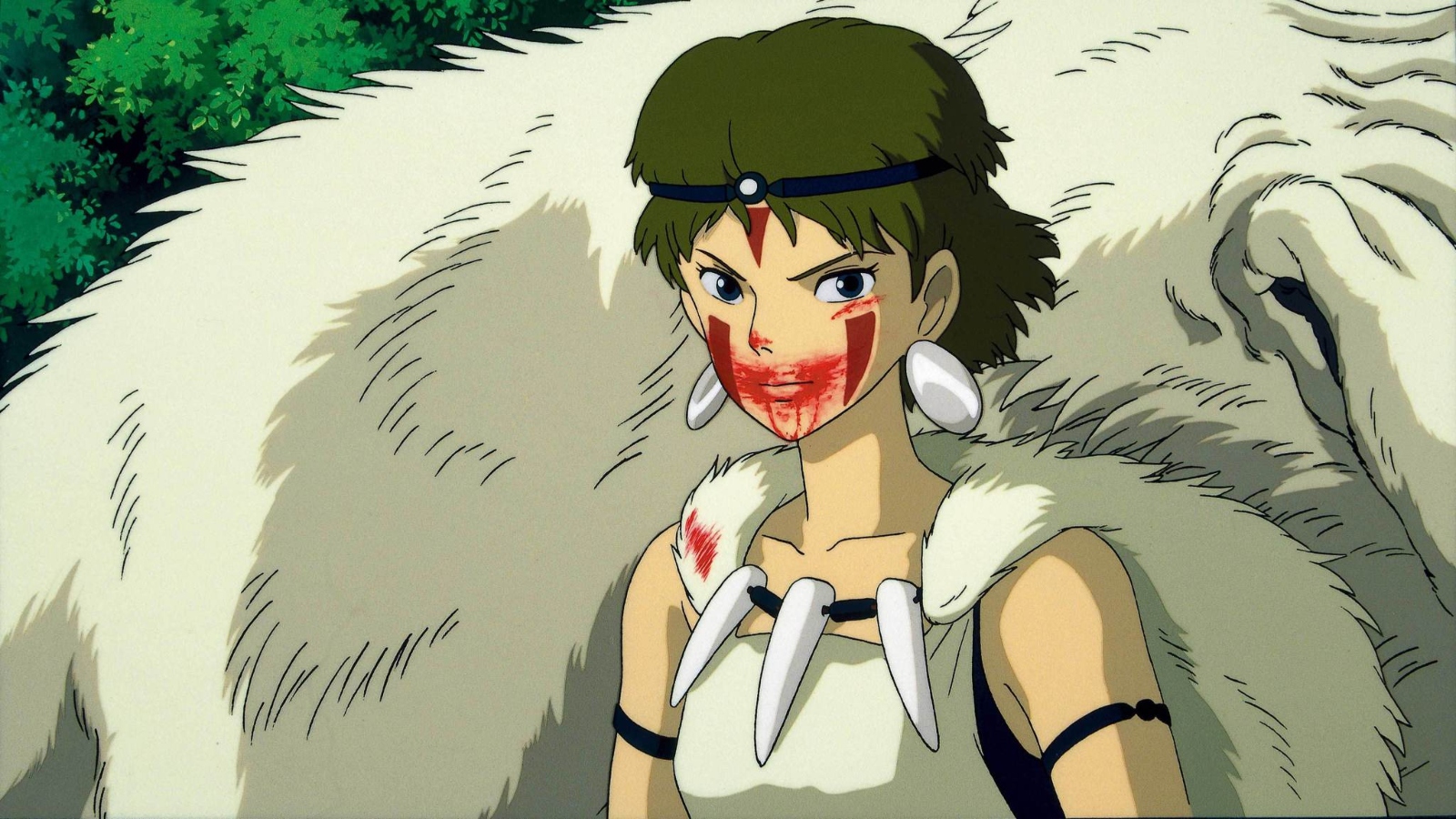
Princess Mononoke takes place in 14th century Japan (1336 to 1573), but it is modernized with elements of fantasy. On a journey to break Tatarigami’s curse, Emishi prince Ashitaka finds himself in the crossfire of a war between the forest and Tatara, a small mining colony. The term “mononoke” is commonly mistaken for a name, due to the misleading title, but it is actually a term for supernatural beings who bring about sickness, suffering and eventual death. Princess Mononoke was the highest-grossing film of 1997 in Japan and held the country’s box office record until it was overtaken by Spirited Away. The film helped to establish Studio Ghibli and increase its influence outside Japan.
My Neighbor Totoro (1988)
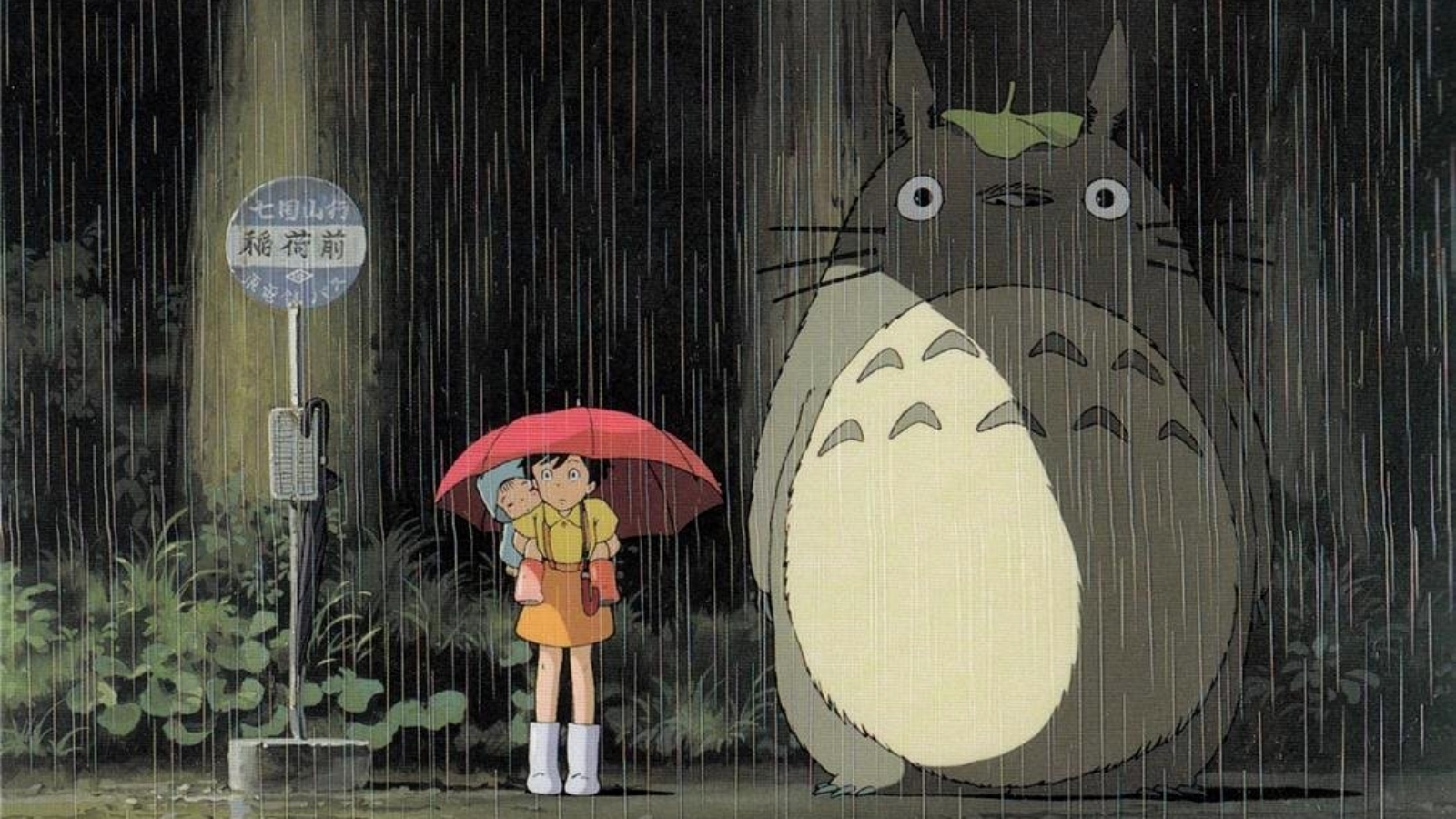
My Neighbor Totoro finds sisters Satsuki and Mei interacting with sociable and genial wood spirits called susuwatari in post-war Japan. Once again, Hayao Miyazaki outdid himself on this one, helming a film which soon became a cultural icon with a mascot in Totoro, who has been recognized as one of the most popular characters in Japanese animation. Exploring the notions of animism, and environmentalism, My Neighbor Totoro follows many real-life Shinto traditions, such as creating shrines to show gratitude and admiration toward kamis (deities, divine entities, holy spirits).
Akira (1988)
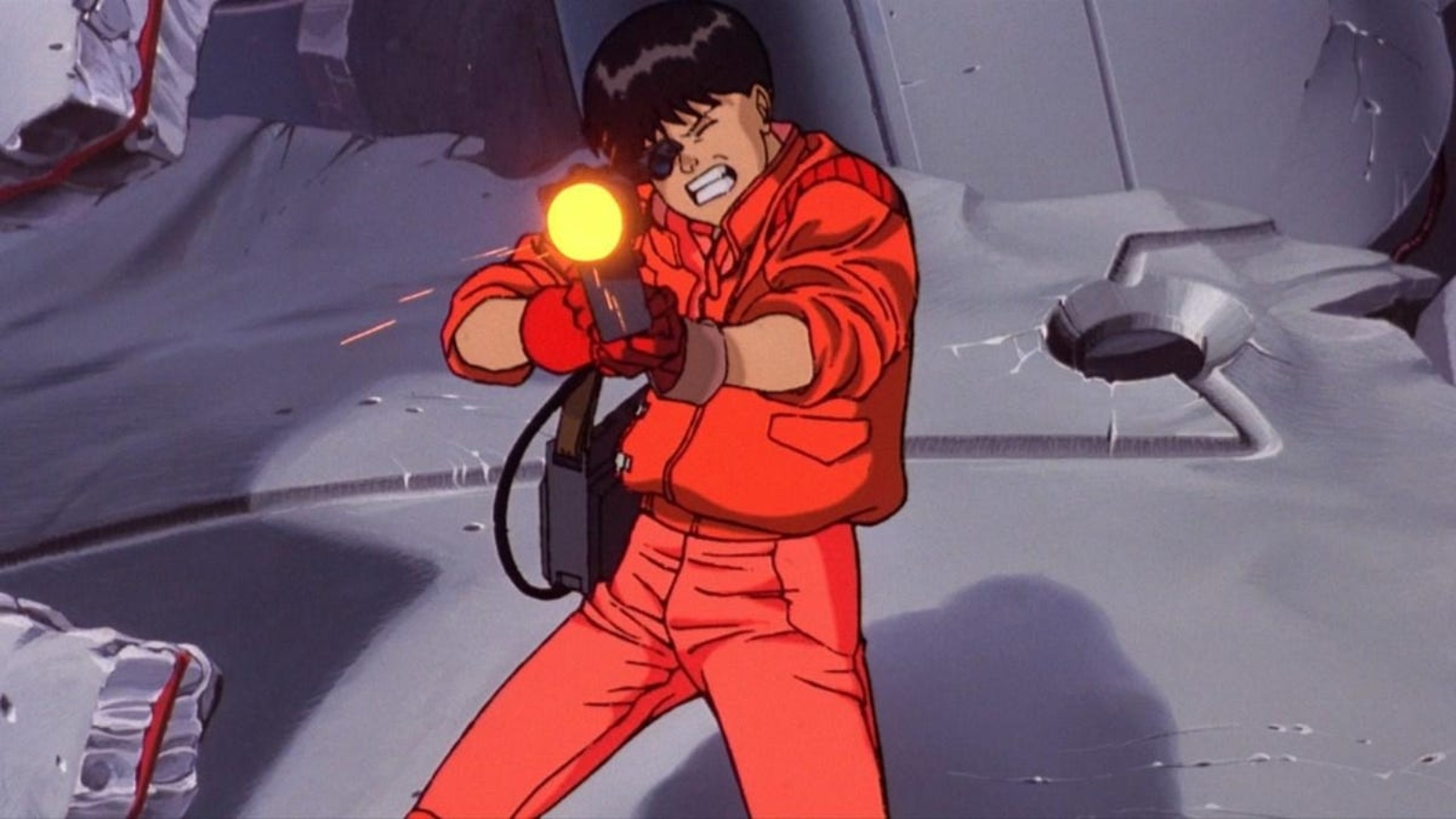
Based on Katsuhiro Otomo’s own manga of the same name, the Otomo-led vessel adapts a dystopian metropolis in Tokyo, where Shōtarō Kaneda, the leader of a biker gang, gets caught up in the chaos that ensues after his childhood friend, Tetsuo Shima, acquires telekinetic abilities after a motorcycle accident. While most of the concept remains intact, the plot is considerably different from that of the manga, the publication of which ended in 1990. Akira has been largely considered as one of the greatest films ever made, not just in animation alone, and remains pivotal in the cyberpunk sub-genre. While several scenes have been homaged in various works, Akira has influenced all manner of films, especially Japanese culture in the Western world.
Grave of the Fireflies (1988)
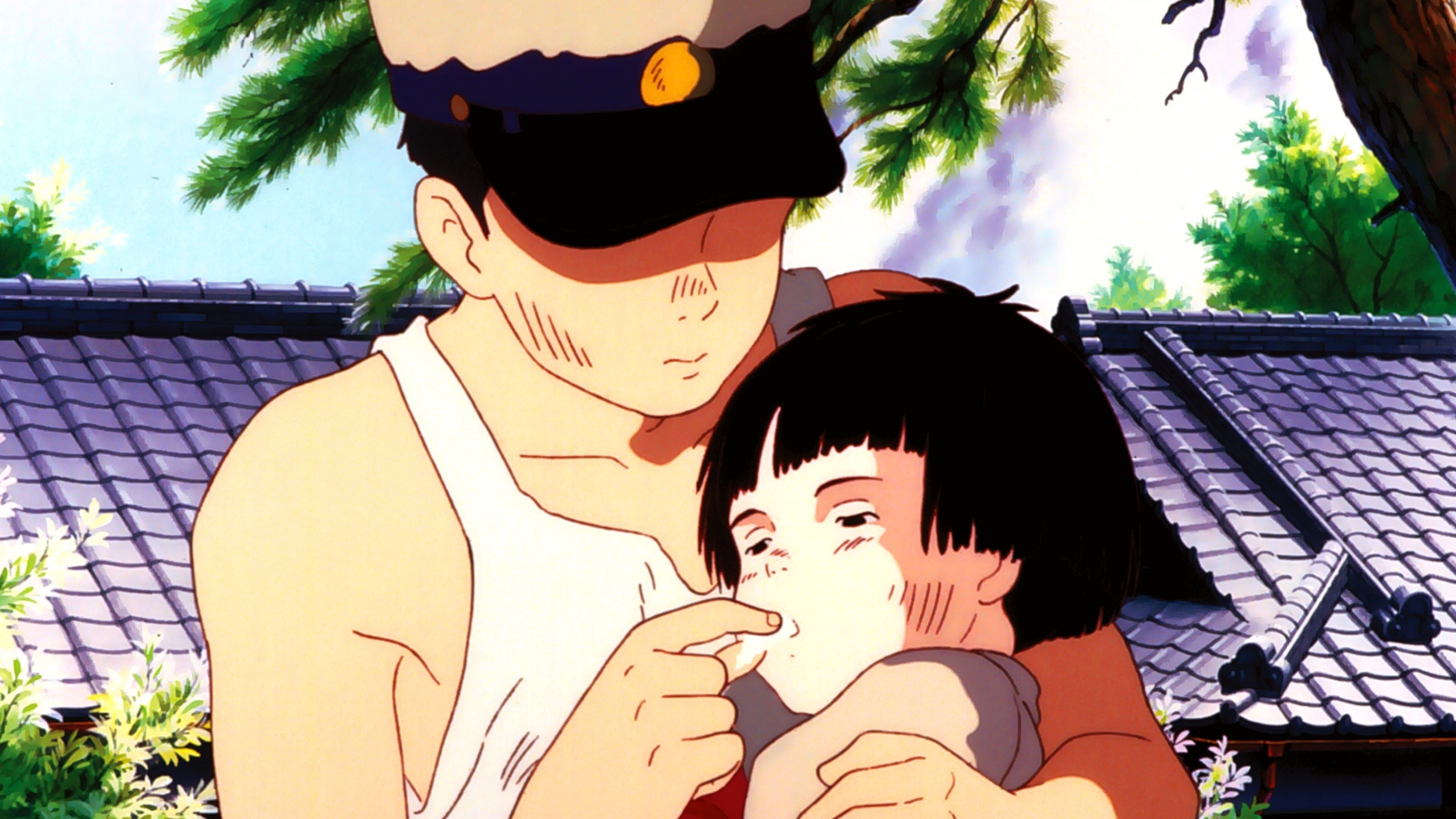
Based on Akiyuki Nosaka’s 1967 short story of the same name, Grave of the Fireflies was devised by the late Isao Takahata, who would go on to direct the historical fantasy The Tale of the Princess Kaguya (2013). Grave of the Fireflies follows siblings Seita and Setsuko, who struggle to survive during the devastating final months of the Second World War. Ranked among the greatest war films of all time, Grave of the Fireflies graphically and emotionally depicts the repercussions that WWII had on society — particularly in Japan — and hones in on the personal tragedies of survivors.
Tokyo Godfathers (2003)
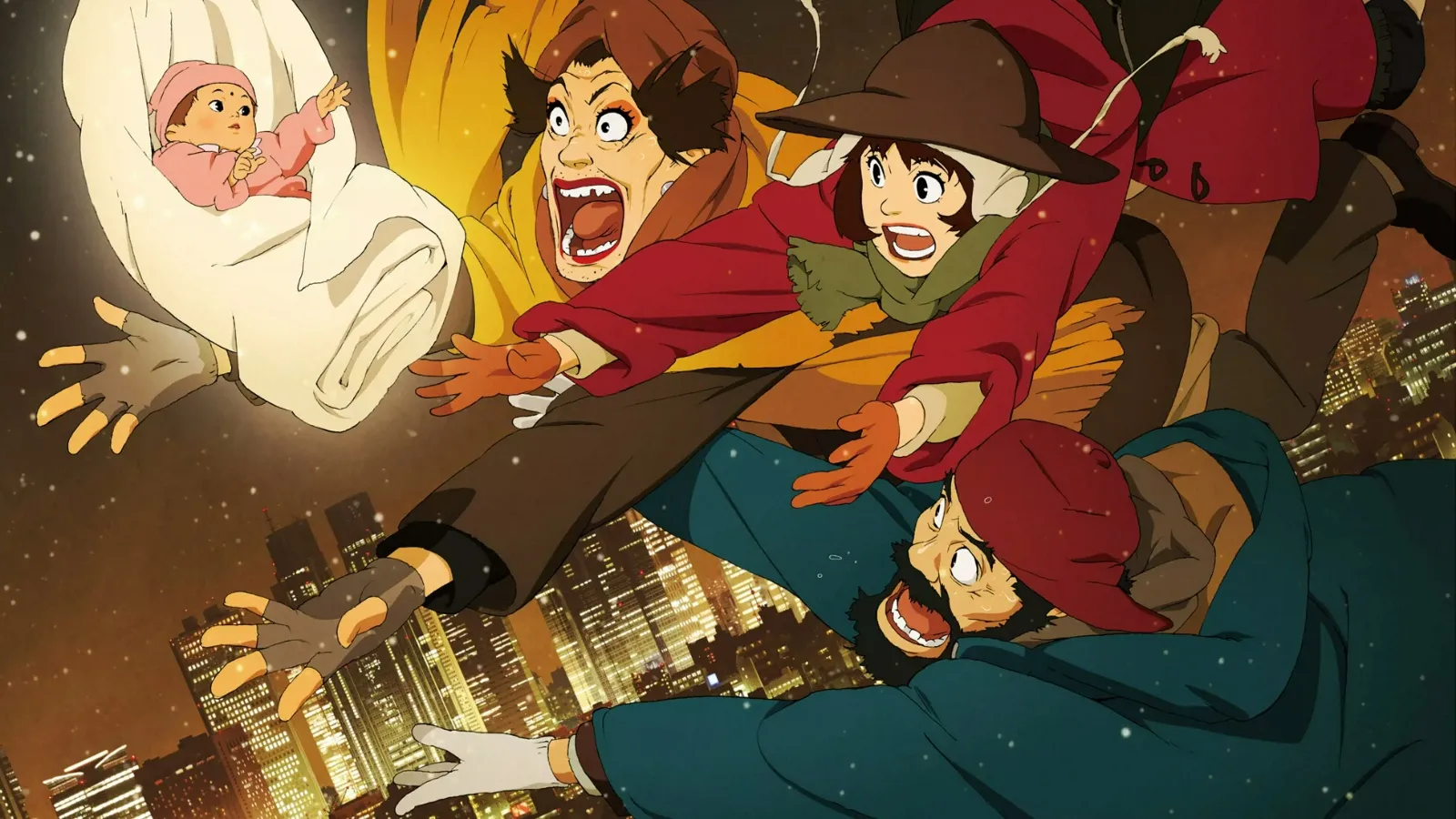
Another stand-out Satoshi Kon project, which unusually deviates from the fantasy genre, Tokyo Godfathers was inspired by the 1948 American film 3 Godfathers. Essentially, the film tells the touching tale of three homeless people — a middle-aged alcoholic, a transgender woman and a teenage runaway — who come together to find the parents of an abandoned newborn. The motif of Tokyo Godfathers surrounds the miracle of coincidence and the lives it forever changes, and those small yet significant moments led Kon’s uplifting story to an Excellence Award at the 2003 Japan Media Arts Festival and Best Animation Film at the 58th Mainichi Film Awards.
Kiki’s Delivery Service (1989)
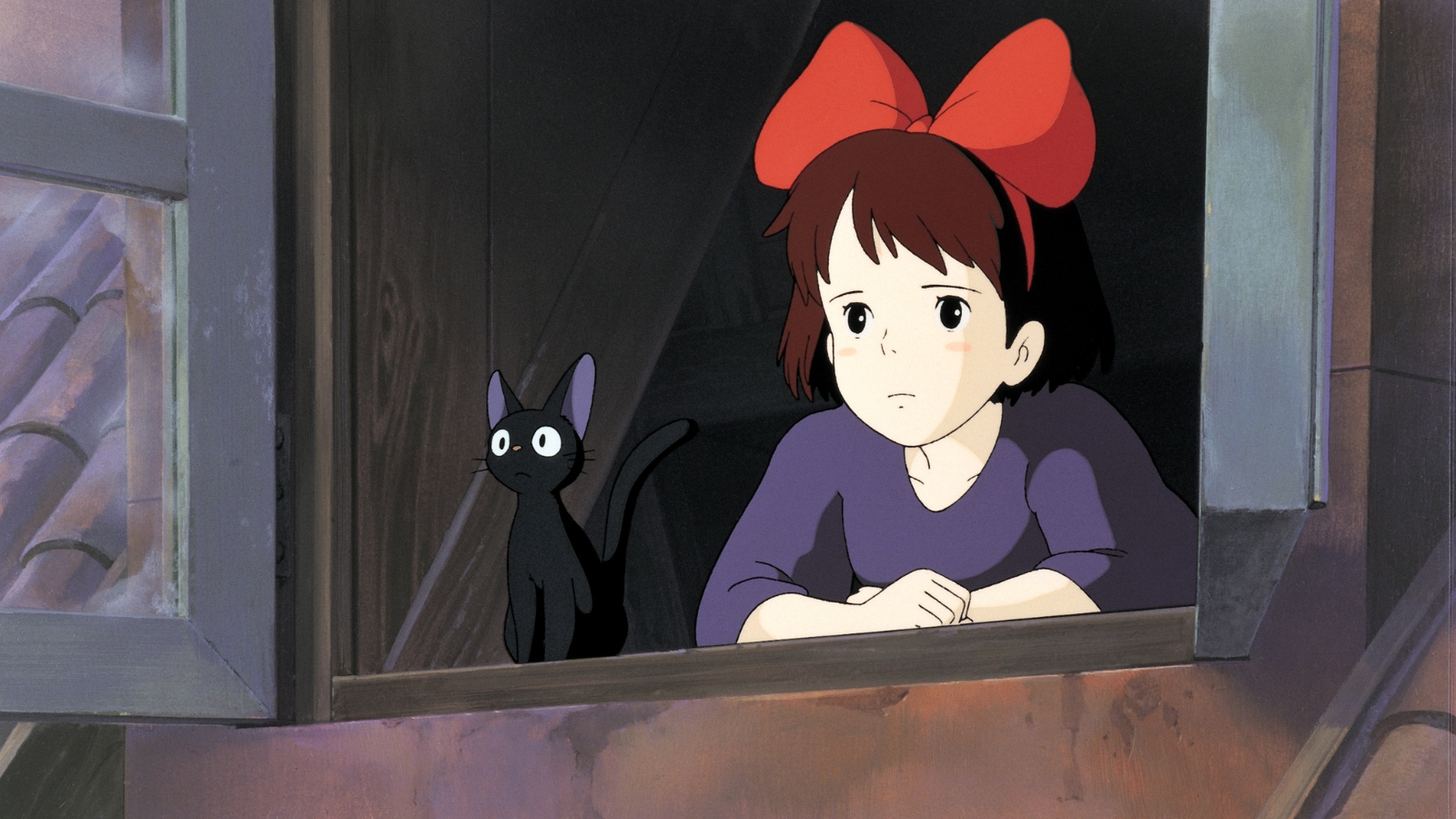
Proven to be one of the best-selling anime feature films in existence, Kiki’s Delivery Service tells the story of the titular Kiki, a young witch who utilizes her flying ability to make a living as the assistant to Osono, a bakery owner, and becomes the object of affection for the geeky Tombo. Kiki is assisted by her talking black cat, Jiji. Once again, Studio Ghibli took charge on the animation, while Hayao Miyazaki stepped up to direct, therefore expanding his now illustrious repertoire. According to Miyazaki, Kiki’s Delivery Service portrays the young girls in this world who are “torn between freedom and dependence.”

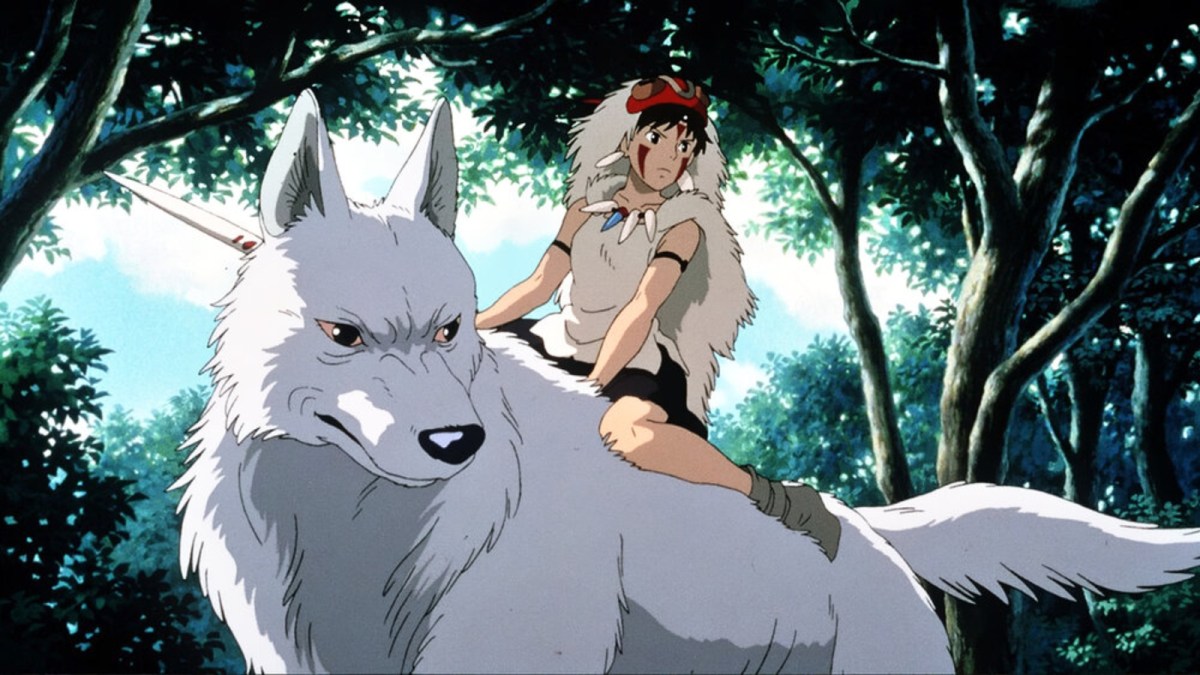
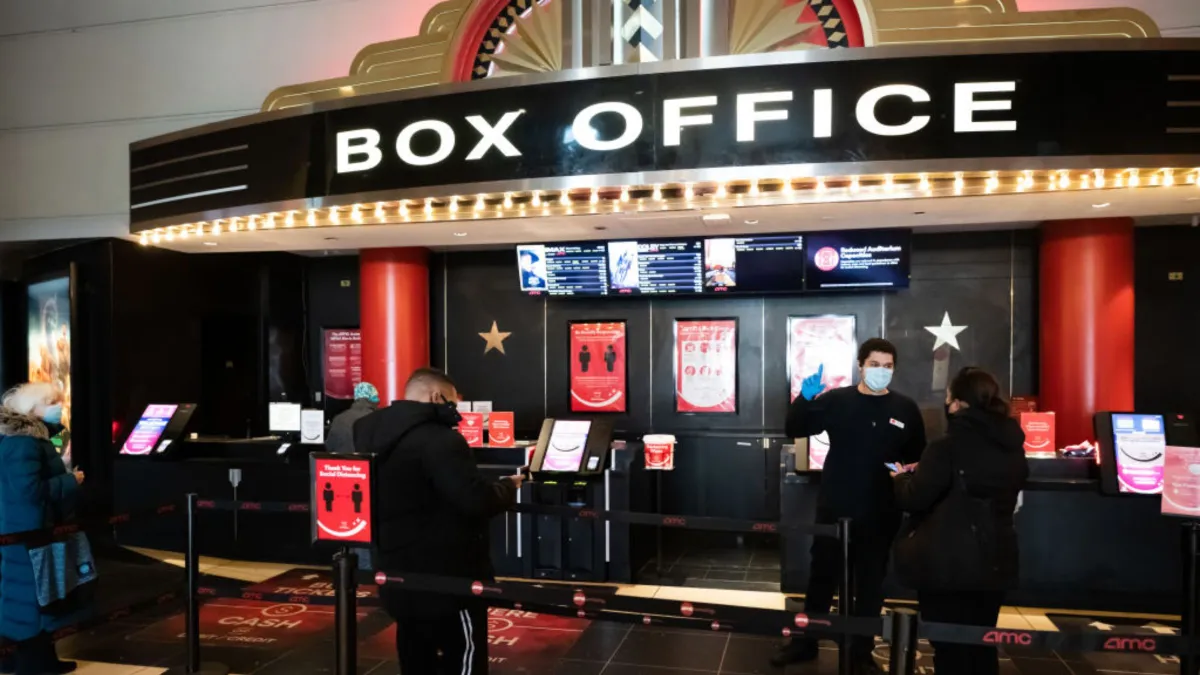
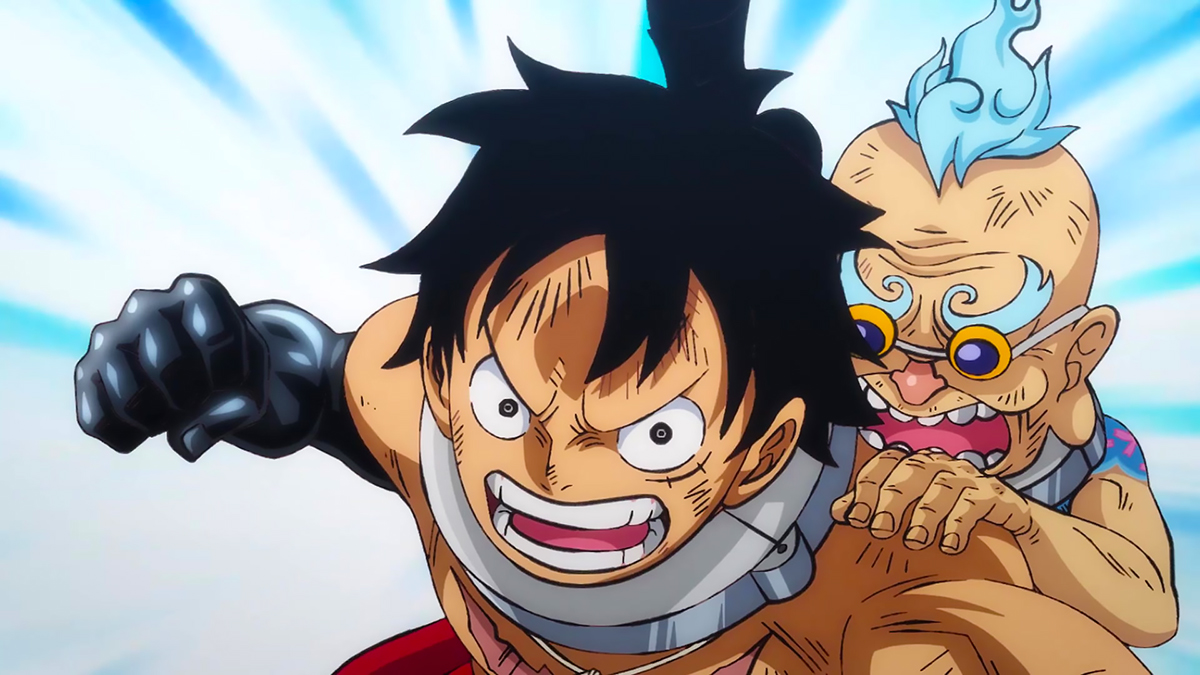
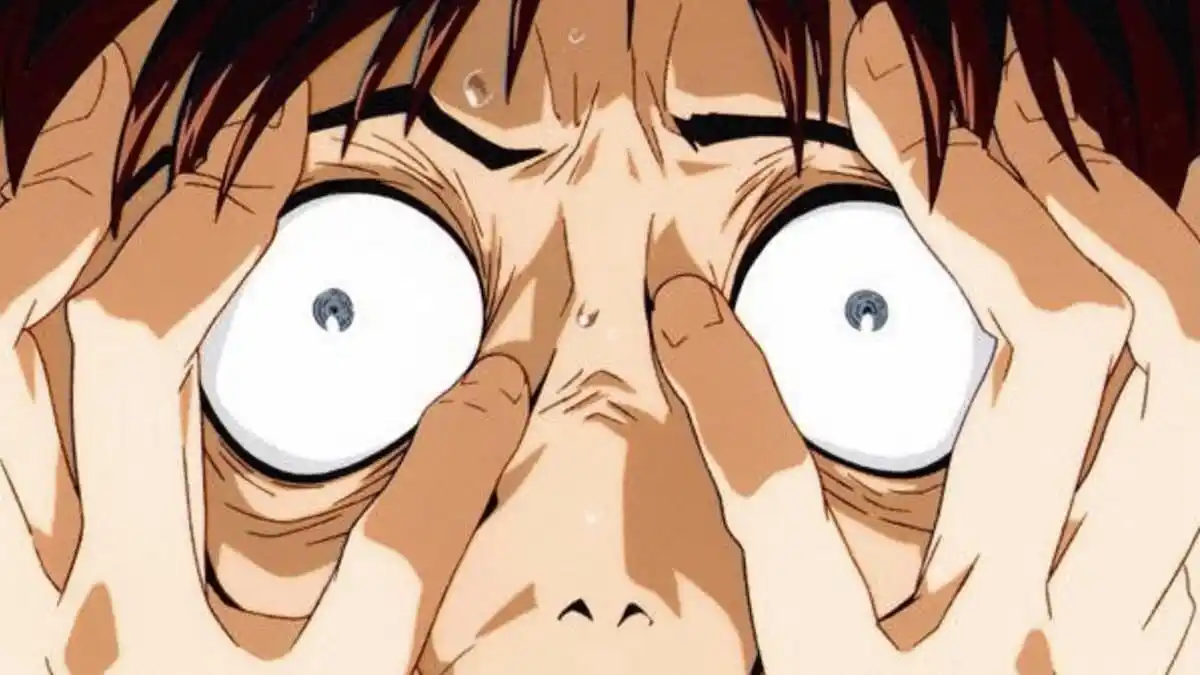
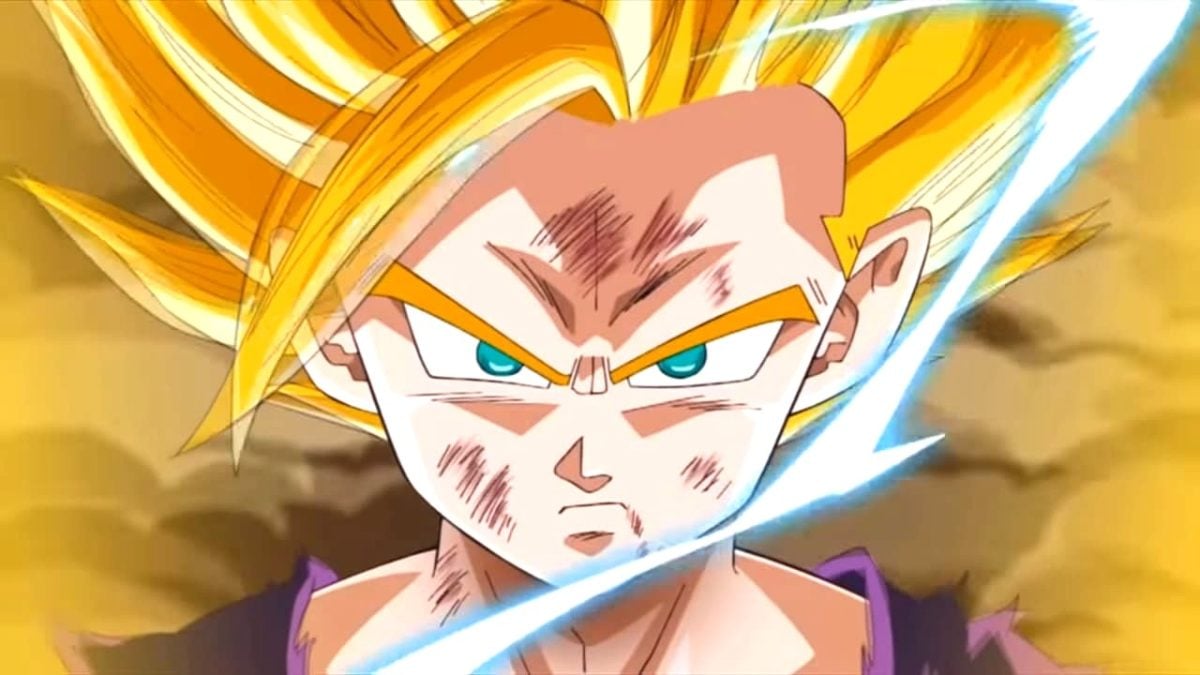
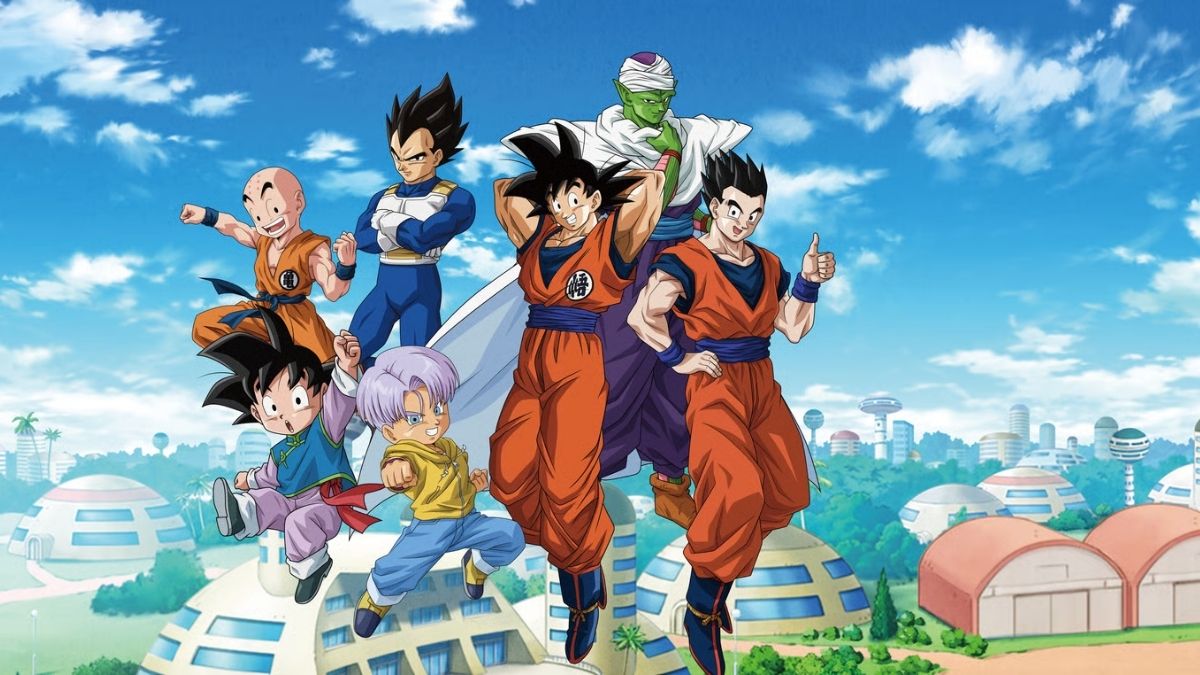
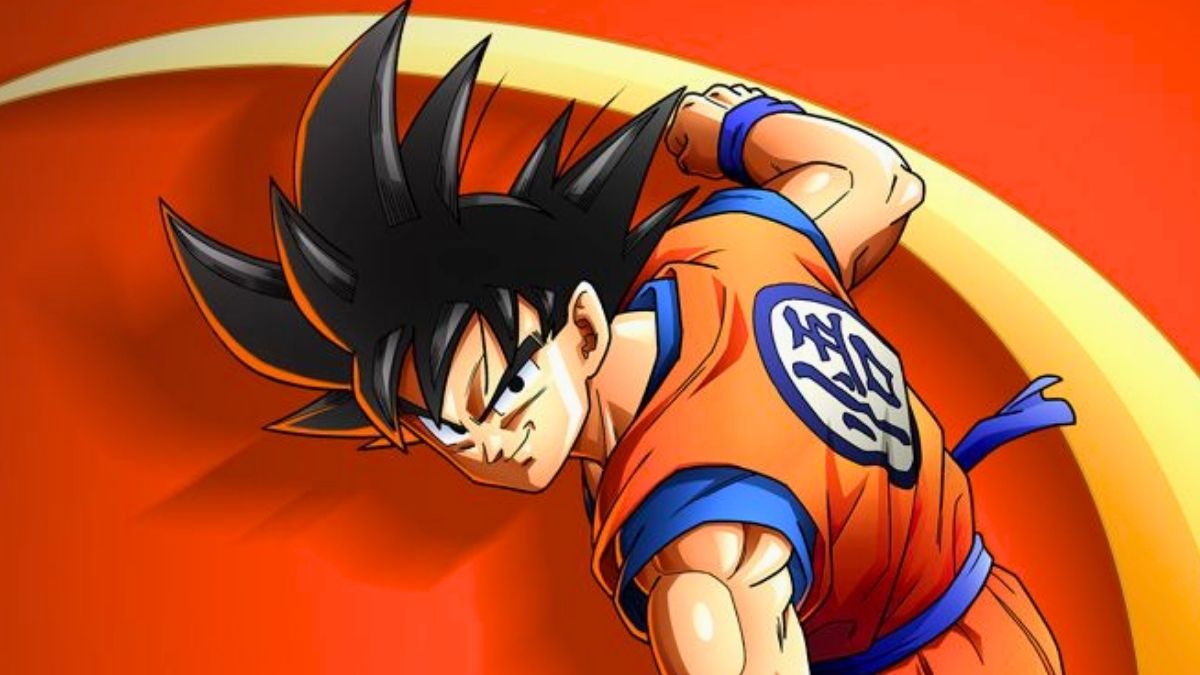
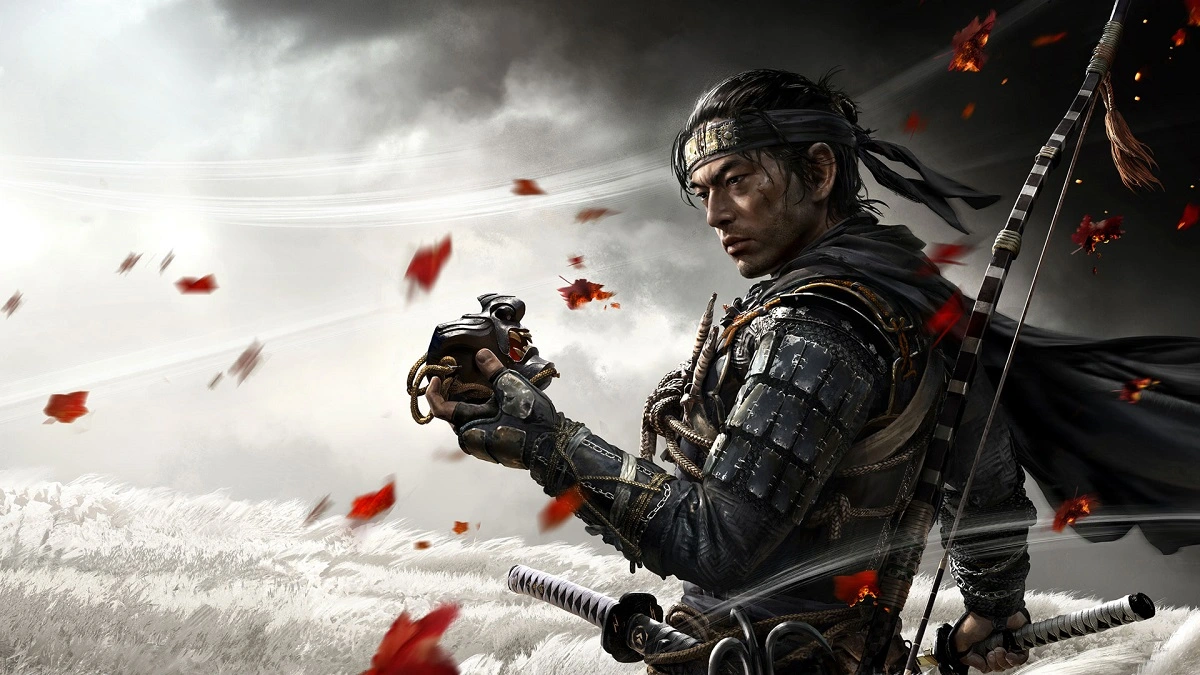
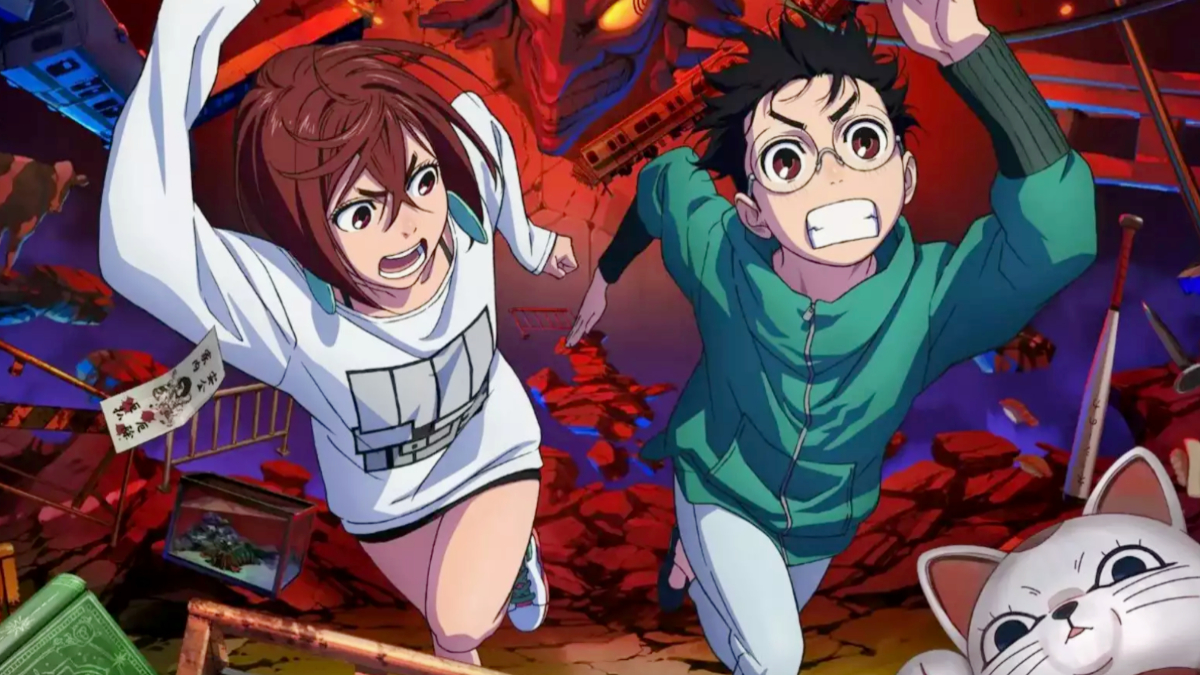

Published: Sep 3, 2022 02:54 pm